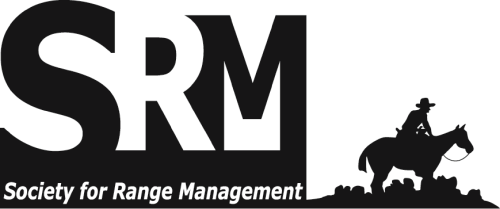On the Ground • Poisonous plants on western North American rangelands have historically been troublesome to livestock producers. • Research on toxic plants was initiated by the United States Department of Agriculture in the late 1890s to solve problems for the livestock industry. • TheUnited States Department of Agriculture Agricultural Resource Service Poisonous Plant Research Laboratory in Logan, Utah continues to provide research-based solutions to poisonous plant problems besetting livestock producers, hobby farmers and small holders, veterinarians, and extension personnel. • Principal plants of current research interest include larkspur, lupine, locoweed, selenium accumulating plants, pyrrolizidine alkaloid-containing plants, and ponderosa pine. The Rangelands archives are made available by the Society for Range Management and the University of Arizona Libraries. Contact lbry-journals@email.arizona.edu for further information. Migrated from OJS platform March 2020

Practical, non-technical peer-reviewed articles published by the Society for Range Management. Access articles on a rolling-window basis from vol 1, 1979 up to 3 years from the current year. More recent content is available by subscription from SRM.